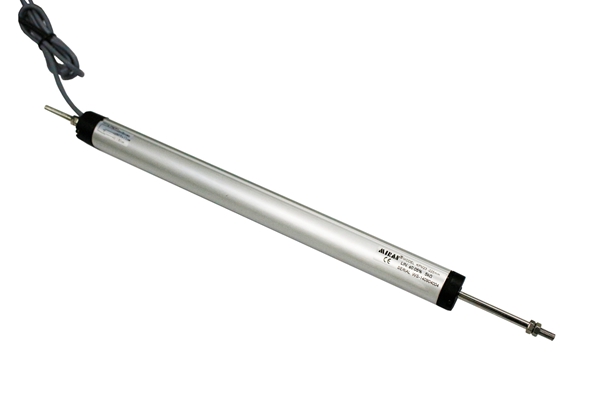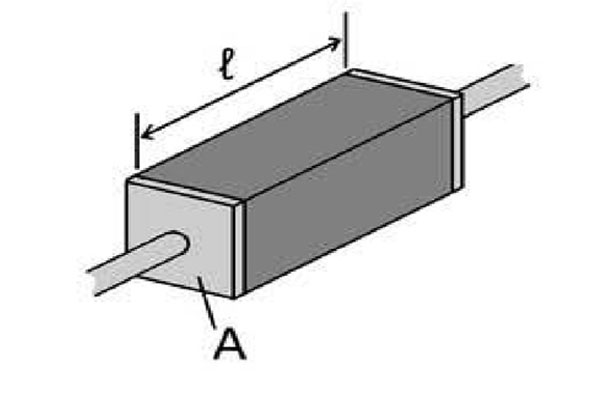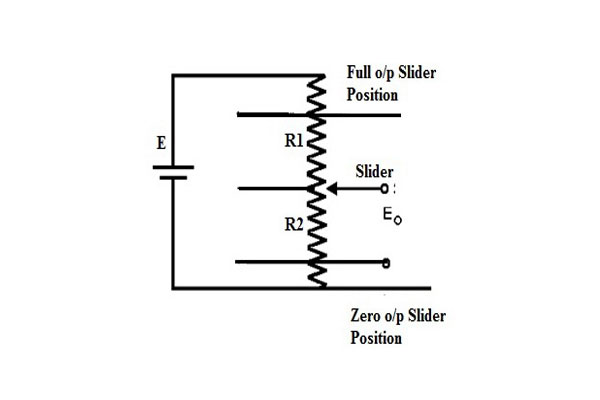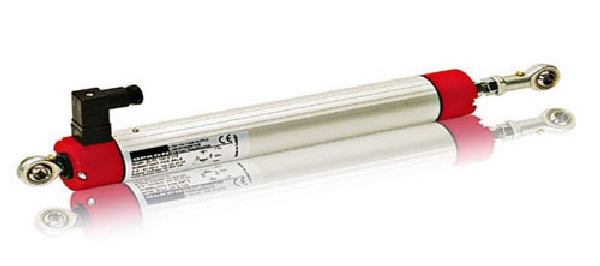Products Category
- FM Transmitter
- 0-50w 50w-1000w 2kw-10kw 10kw+
- TV Transmitter
- 0-50w 50-1kw 2kw-10kw
- FM Antenna
- TV Antenna
- Antenna Accessory
- Cable Connector Power Splitter Dummy Load
- RF Transistor
- Power Supply
- Audio Equipments
- DTV Front End Equipment
- Link System
- STL system Microwave Link system
- FM Radio
- Power Meter
- Other Products
- Special for Coronavirus
Products Tags
Fmuser Sites
- es.fmuser.net
- it.fmuser.net
- fr.fmuser.net
- de.fmuser.net
- af.fmuser.net ->Afrikaans
- sq.fmuser.net ->Albanian
- ar.fmuser.net ->Arabic
- hy.fmuser.net ->Armenian
- az.fmuser.net ->Azerbaijani
- eu.fmuser.net ->Basque
- be.fmuser.net ->Belarusian
- bg.fmuser.net ->Bulgarian
- ca.fmuser.net ->Catalan
- zh-CN.fmuser.net ->Chinese (Simplified)
- zh-TW.fmuser.net ->Chinese (Traditional)
- hr.fmuser.net ->Croatian
- cs.fmuser.net ->Czech
- da.fmuser.net ->Danish
- nl.fmuser.net ->Dutch
- et.fmuser.net ->Estonian
- tl.fmuser.net ->Filipino
- fi.fmuser.net ->Finnish
- fr.fmuser.net ->French
- gl.fmuser.net ->Galician
- ka.fmuser.net ->Georgian
- de.fmuser.net ->German
- el.fmuser.net ->Greek
- ht.fmuser.net ->Haitian Creole
- iw.fmuser.net ->Hebrew
- hi.fmuser.net ->Hindi
- hu.fmuser.net ->Hungarian
- is.fmuser.net ->Icelandic
- id.fmuser.net ->Indonesian
- ga.fmuser.net ->Irish
- it.fmuser.net ->Italian
- ja.fmuser.net ->Japanese
- ko.fmuser.net ->Korean
- lv.fmuser.net ->Latvian
- lt.fmuser.net ->Lithuanian
- mk.fmuser.net ->Macedonian
- ms.fmuser.net ->Malay
- mt.fmuser.net ->Maltese
- no.fmuser.net ->Norwegian
- fa.fmuser.net ->Persian
- pl.fmuser.net ->Polish
- pt.fmuser.net ->Portuguese
- ro.fmuser.net ->Romanian
- ru.fmuser.net ->Russian
- sr.fmuser.net ->Serbian
- sk.fmuser.net ->Slovak
- sl.fmuser.net ->Slovenian
- es.fmuser.net ->Spanish
- sw.fmuser.net ->Swahili
- sv.fmuser.net ->Swedish
- th.fmuser.net ->Thai
- tr.fmuser.net ->Turkish
- uk.fmuser.net ->Ukrainian
- ur.fmuser.net ->Urdu
- vi.fmuser.net ->Vietnamese
- cy.fmuser.net ->Welsh
- yi.fmuser.net ->Yiddish
A Complete Introduction to Resistive Transducer

From an industrial point of view, it is difficult for electronic engineers to calculate physical quantities like temperature and pressure, for which are easy to change.
Luckily, here comes a resistive transducer. A resistive transducer can be utilized to calculate physical quantities so that it makes industrial processes a lot simpler.
So, what is a resistive transducer? How do electronic engineers utilize a resistive transducer to calculate physical quantities? What are the advantages and disadvantages of resistive transducers? Where can resistive transducers be used to?
This blog will introduce a resistive transducer including its definition, working, advantages, disadvantages and applications to you.
If you find it useful, welcome to share or bookmark our content!
Sharing is Caring!
Content
● What is a Resistive Transducer?
● How does a Resistive Transducer Work?
● Advantages and Disadvantages of a Resistive Transducer
● Three Main Applications of a Resistive Transducer
● FAQ
What is a Resistive Transducer?

A resistive transducer is an electronic device that is capable of measuring various physical quantities like temperature, pressure, vibration, force, etc.
These physical quantities are otherwise extremely difficult to measure as they can change easily. However, using this transducer, you can easily calculate the values of these quantities.
The resistance of this transducer changes concerning the change in the physical quantities.These transducers can function in both primary as well as in secondary mode but most of the time it is used as secondary.
This is because the output of the primary transducer can be given as an input to this transducer.
The primary transducers are used in the conversion of physical quantities to mechanical signals while the secondary transducers are used to convert the physical quantities to electrical signals directly without first converting them to mechanical signals.
The resistive transducers, a kind of passive transducers, are of different types like resistive pressure transducers, thermistors resistors, LDR, etc.
How does a Resistive Transducer Work?
Brief Explanation to Working of Resistive Transduces
A resistive transducer is mainly used in the calculation of temperature, displacement, pressure, force. The working of a resistive transducer can be explained by considering a conductor rod as the transducer.
Here is the working principle of a resistive transducer. It is related to the length of the conductor. The length of the conductor is directly proportional to its resistance and is inversely proportional to its cross-sectional area.
Here, if we consider the length of the conductor as L, the cross-sectional area as A, the resistance as R and the resistivity as ρ, then the resistance can be denoted as R = ρL/A.

The resistance of the transducers can vary because of the change in environmental conditions as well as the physical properties of the conductor.
Measuring devices like AC or DC can be used to measure the change in resistance. The resistive transducer consists of a long conductor whose length can be varied with time.
One end of the conductor is connected while the other end is connected to a brush or a slider that can freely move along the length of the transducers. We can calculate the distance of the object by connecting the object to the slider of the resistive transducer.
Whenever we apply energy to the object to displace it from its initial position, the slider will move along the length of the conductor as a result of which the length will change.
The change in the length of the conductor will cause the resistance of the conductor to change as well. A transducer works in a way similar to that of a potentiometer which is used in the calculation of the angular and linear displacement.

Advantages and Disadvantages of a Resistive Transducer
The main advantages of the resistive transducer are as follows:
● Quick results: The resistive transducer can be used to give very quick results.
● Availibility: The resistive transducers are available in various sizes and they have a considerably high amount of resistance. We can use both AC or DC for calculating the change in resistance.
● Widespread applications: They are quite affordable and can be easily available in the market. We can use this transducer in various applications even when they are not a necessity. It can be used to give accurate results.
Some of the major disadvantages of resistive transducers are:
● Waste power: A lot of power is wasted in moving the sliding contacts.
● Make noise: The sliding contacts can produce a lot of noise.
Three Main Applications of a Resistive Transducer

● Resistance Thermometer: A resistive transducer is mainly used to measure the temperature in various kinds of applications. When there is a change in temperature, the temperature coefficient of the resistive transducer changes which can be used to determine the change in temperature.
● Potentiometer: The resistive transducer can function as a potentiometer where the resistance of the transducer can be varied by changing the length of the conductor.
● Strain gauges: A resistive transducer can be used in the calculation of the displacement. When we apply strain on the resistor, the resistance changes. This characteristic can be used in the measurement of displacement, force, and pressure.
1. Q: Which Type of Resistive Transducer is Most Commonly?
A: The most commonly used transducer type is the variable resistance sensor. It is also known as a resistive transducer. It measures temperature, pressure, displacement, force, vibration, etc. to understand how it works, consider a conductor rod.
2. Q: What are Resistive Transducer Used for?
A: A resistive transducer is a sensor or electromechanical device that converts mechanical changes such as displacement into electrical signals that can be adjusted and monitored.
3. Q: What are Examples of Transducers?
A: Transducers are electronic devices that convert energy from one form to another. Common examples include microphones, speakers, thermometers, position and pressure sensors, and antennas.
4. Q: What is Meant by Pressure Transducer?
A: A pressure transducer is a device that measures the pressure of a fluid, indicating the force the fluid exerts on the surface it comes in contact with. Pressure sensors are used in many control and monitoring applications such as flow, wind speed, liquid level, pump systems or altitude.
From the above content, We learn the definitions, working principle, advantages, disadvantages and applications of resistive transducers. This passage is quite helpful for electronic engineers to know the resistive transducers better and use them to calculate the physical quantities well. So, do you know more about resistive transducers after reading this article? Don't forget to share this article if it is helpful to you!
Also Read
● What is a Transducer: Types & Its Ideal Characteristics
● An Inductive Transducer: Working & Its Applications
● Transducer/Sensor Excitation and Measurement Techniques

